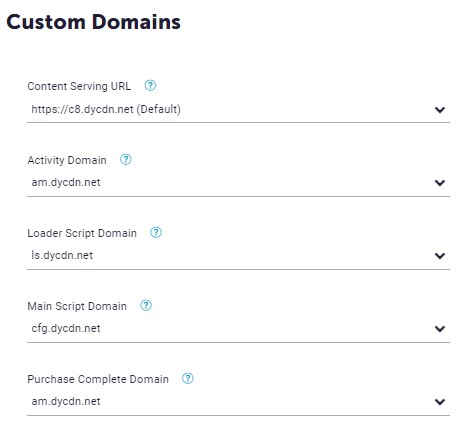Key concepts
A good understanding of the following key concepts is crucial when working with Fresh Relevance, as they are used throughout the platform and APIs.
Beacons
Data sent to the Fresh Relevance server for each page visited / event.
The beacon data is a JSON structure containing the following types of data:
- Product details page
- Device ID (Cookie).
- Product information such as ID, name, image, URL, description, and price.
- Product list page
- Device ID (Cookie).
- Array of products and information such as ID, name, image, URL, description, and price.
- Cart page
- Device ID (Cookie).
- A list of all products in the cart and information such as ID, name, image, URL, description, price, and quantity.
- Cart level information such as cart price.
- Transaction complete page
- Email address of visitor.
- Device ID (Cookie).
This is not an exhaustive list.
Personalization
Fresh Relevance can personalize emails and web content based on what we know about each visitor. For example, whether they are a first time customer, or have made a purchase before.
To show personalized information, you create SmartBlocks , which are chunks of real-time content.
Slots
To personalize a web page or email, Fresh Relevance Slots are used. Each Slot is a location for content and can be used on either a web page or an email to control where and which personalization SmartBlocks are displayed.
SmartBlocks
The content to display for personalization, called a SmartBlock, is displayed within a Slot and can be changed at any time using content rules, configured in Fresh Relevance. The same approach works for mobile app personalization.
Identification
Each person who visits your site is tracked using a first-party cookie on every device they use, whether or not we know who they are. If the visitor is eventually identified, their cookies are connected, and all their behavior up to date is joined together, so that you have their full history from when they first visited your site.
The data about the visitor and their behavior is captured in a database and used later for:
- Triggers
- Personalization
- Marketing rules
- Reporting
and more.
Example
Imagine a visitor who clicks on an email on their mobile device, then later goes to their computer and carries on with their purchase.

While browsing your site on their computer, the visitor creates an account with you. At this point, we’re able to identify them, and link up all the data we have for that visitor into a single profile.
Triggers
For every page on your site that someone visits, a signal can be generated with important information about that page visit. For example, a cart signal is generated when a shopper visits the cart page.
In Fresh Relevance, you can create a trigger which prompts an action that you define in response to that signal, such as a cart abandon recovery message.
You can create multiple triggers so that different types of visitors receive personalized and relevant messages.
Custom domains
Fresh Relevance is split across many partitions, so it's important to ensure that you use the correct domains for your account when calling the various APIs. The documentation for each API tells you which domain it is available through, such as the Content domain.
To find your allocated domains, in Fresh Relevance, expand the User menu, then go to Settings > System configuration > Custom domains.

Set up custom domains
It's possible to set up a custom domain or subdomain, such as content.example.com, to serve content both in emails and on the web, and for script loading and data collection.
You might want to do this if you experience deliverability issues using the default content serving domain, or other domain related restrictions.
Custom domain configurationYou must contact Support to arrange custom domain usage, and ensure that you have a technical contact who has the ability to alter your DNS records available.
Learn more about the Fresh Relevance platform in our Fresh Relevance Help Center
Updated 3 months ago
The following step is crucial for the operation of Fresh Relevance on your websites.
